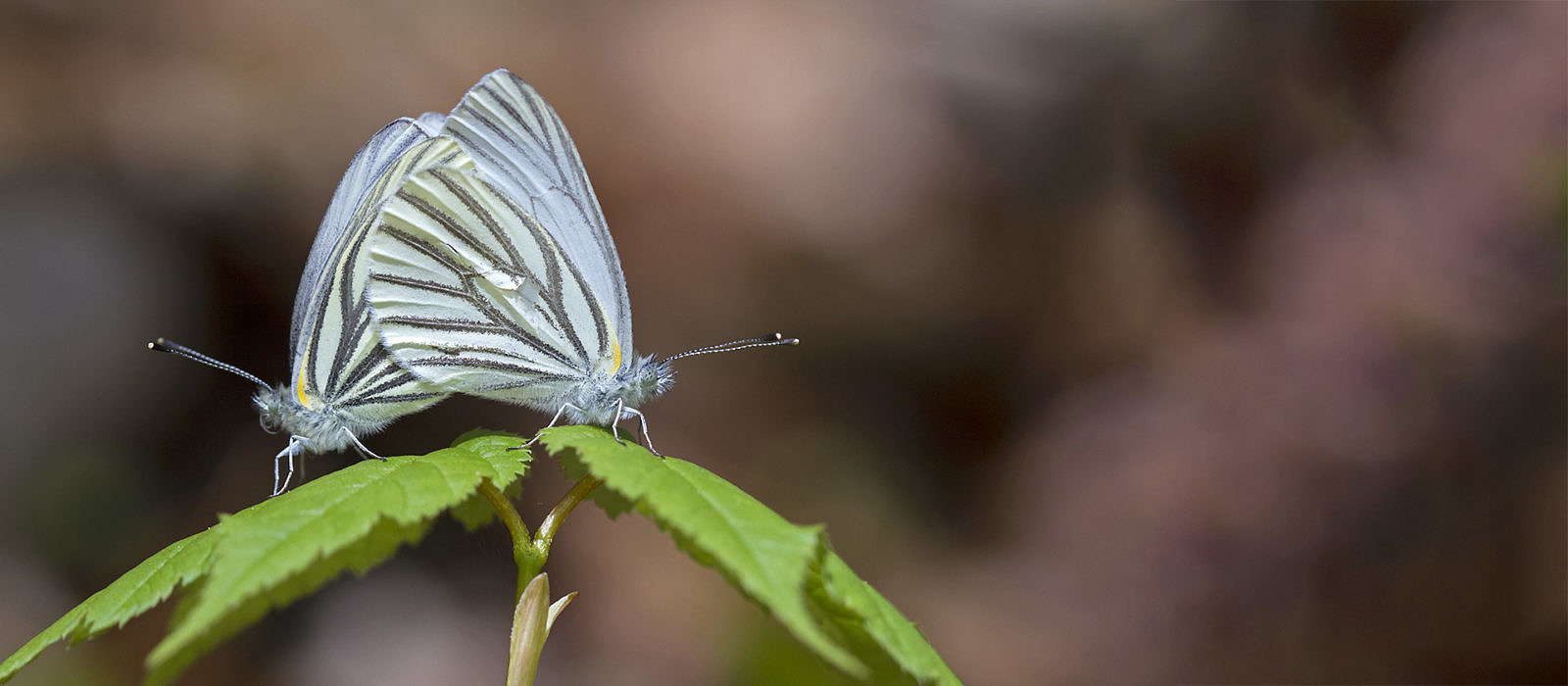
What’s Next: Green Alert
Final Edition — High Season for Flying Animals
The slow-motion spring now moves into “Green Alert” — the season of leaves and flight. Our lush northern forests will soon be at peak display of birds, butterflies, dragonflies and other charismatic airborne insects.
This exercise of mine, tracking the progression of spring — from Red Alert in April to Yellow Alert in May and finally into the Green — began and ends with maples in bloom. Our most elegant maple flower, Striped Maple, in June displays its dangling cascades in hardwoods and mixed woods. Striped Maple was also the perch for that mating pair of Mustard White butterflies (Pieris oleracea) in the banner image above. (These are among our native white butterflies, unlike the Cabbage White [Pieris rapae], of European descent, marauding about your vegetable garden.)
With spring migration concluded, birds now gather bits of the forest to stuff into the gaping beaks of nestlings, effectively transforming seeds, fruits and insects into new life on the wing: the fledglings of June. By my rough calculations, late June into early July also brings us to the greatest diversity and abundance of our most charismatic insects: butterflies and dragonflies. In short, what’s next in nature will be in large part airborne.
Although generally late on the wing this year, butterflies are breaking out all over. On our routine 4.5-mile walk around Montpelier on Tuesday, Ruth and I encountered Canadian Tiger Swallowtail, Harvester, Lucia Azure, Silvery Blue, Eastern Pine Elfin, Red Admiral, Wild Indigo Duskywing and a few other butterfly species. Also late to the game, dragonflies are emerging from waters across the northern forest. Oh, and blackflies and mosquitoes — plenty of those so far this year as well. But, hey, a dragonfly’s gotta eat, you know. Same goes for flycatchers.
So I’ll wrap up my series this spring with a montage, an infinitesimal fraction of what’s already on the wing, in bloom, in leaf or just sitting there decaying beside your long green paths. (Click any image for a bigger view or to start a slideshow.) It only get more sparkling and fluttery from here. Onward!
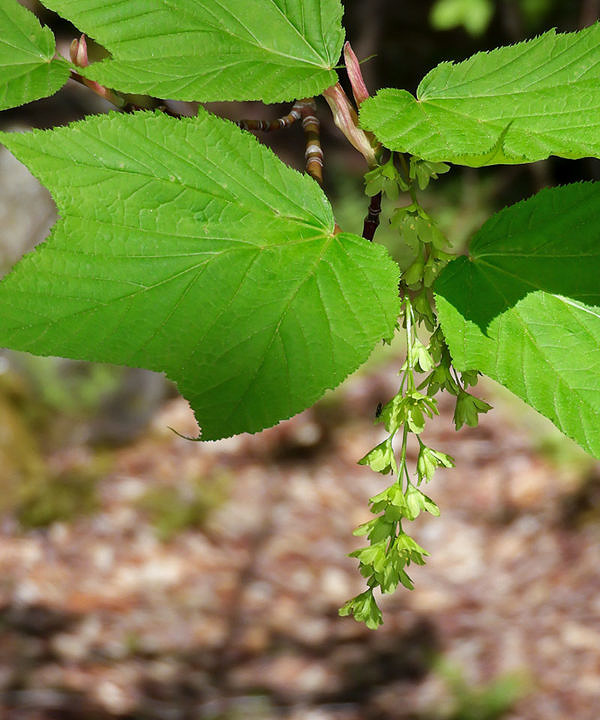
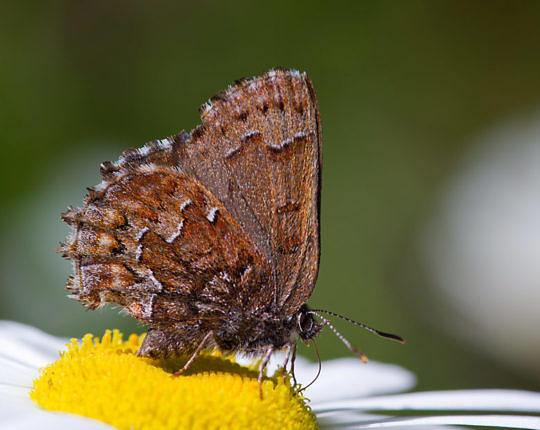

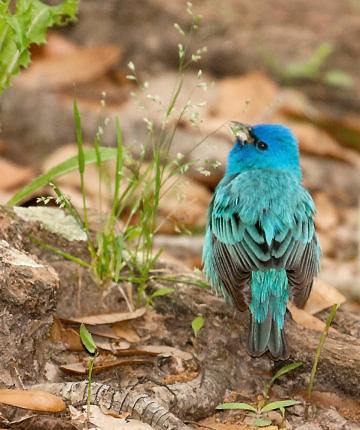

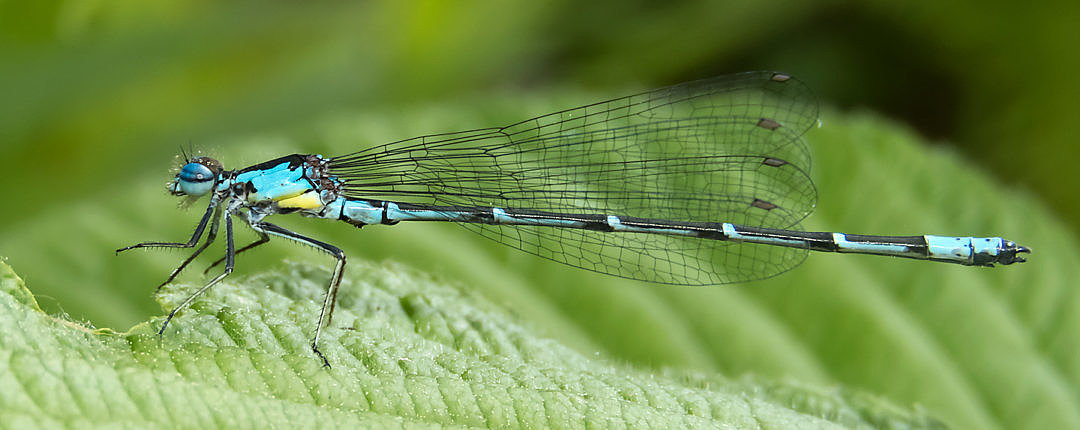
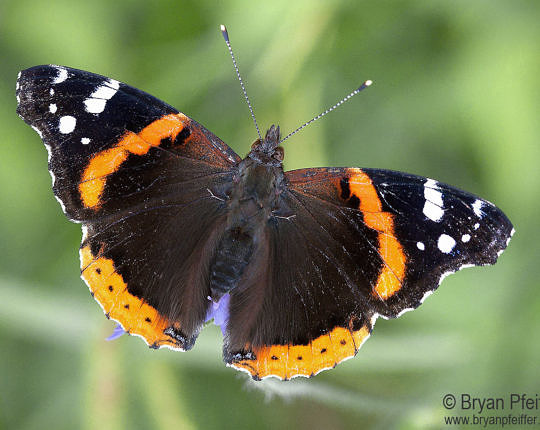
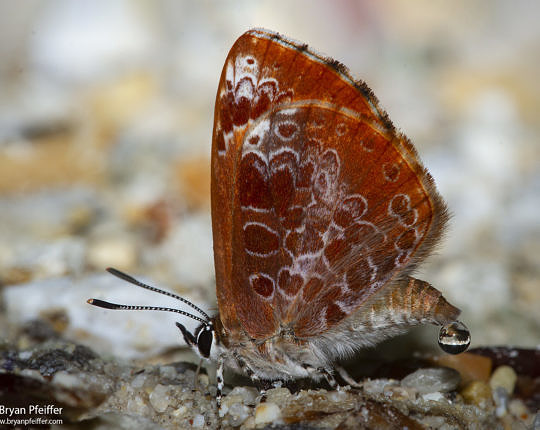
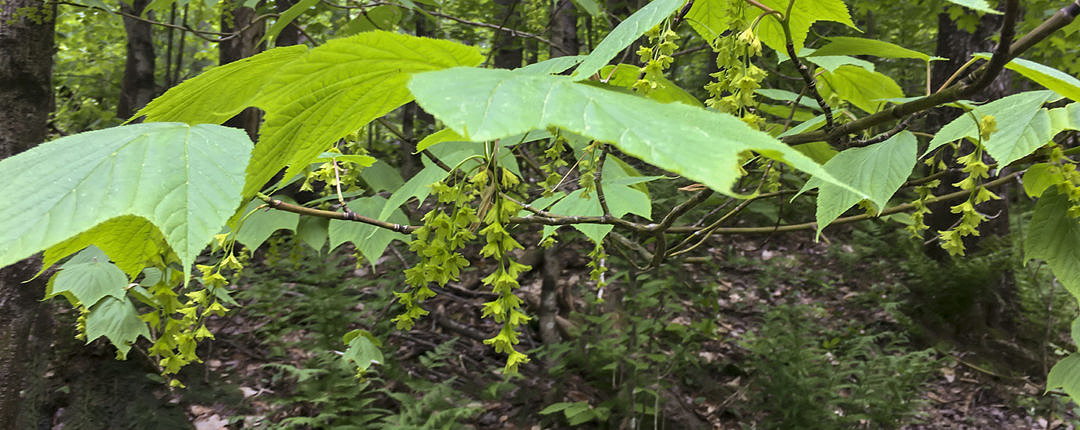

I was very surprised to see one on lilac but thought the slow spring might be a reason, with post-apple foods slow to open…no mustards available? Iit remained a good two minutes so I hope the lilac gave it some nourishment. Only some wild strawberry (starting to fruit) and violets are in good nick here in cold NEK. saw in Peterson there are two flights in NE, one now. The veining was exquisite.
Congrats, Veer. Good sightings on the Mustard White — I don’t seem them on lilacs that much.
Thanks, Bill. Yeah, next best thing to being there!
Thanks, Brian! Nice to hear that coming from you.
They are indeed, Judy! Yeah, I gotta write about those carnivores some day.
Superb images Bryan!
As usual a wonderful collection of images to illustrate your text!w
Bryan, I think Orioles could be nesting in my crabapple, yesterday the female was going after herself in my just hung outdoor garden mirror! (took it down) next to the tree …this would be a first. … also earlier today I saw (and reported on eButterfly, a Mustard White nectaring on lilac, now seeing your exquisite photo of the pair is serendipity! Thank you for these ‘Alerts’.
I wanted to know more about that Harvester Butterfly that you “shot”. Gads! Did you know that that is the only carnivorous butterfly in North America? Thank you, Bryan, for the slide shows that have sweetened this spring.
Yes, just up the hill from you! 🙂 I think there’s a lovely photo to be had of these Striped Maple flowers, cascading toward the lens somewhere in some woods on a foggy day.
Great end to a fine series. Love those silver maple flowers! I’ll have to get out today and see some. BTW, our oriole is still here daily; must be nesting nearby.